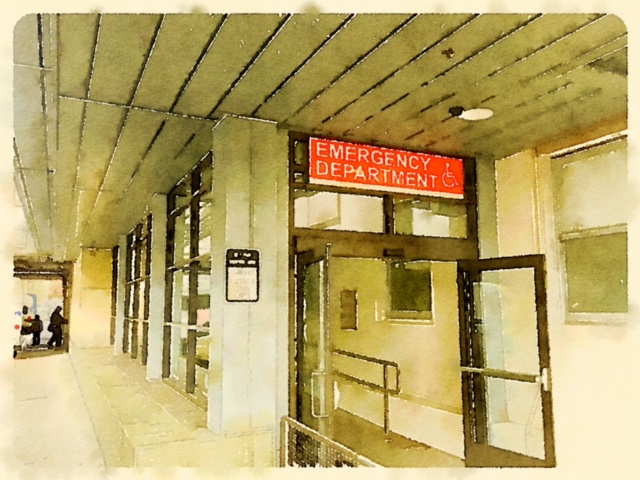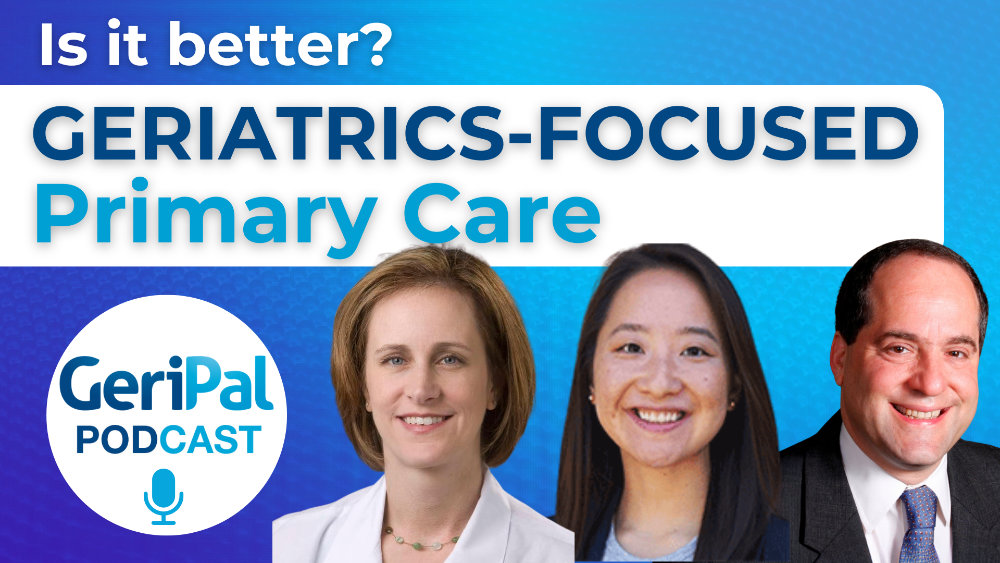
Providing high quality emergency care to individuals with serious, life-limiting illness starts with an understanding of their treatment goals and care preferences above all else. Speaking as a critical care physician, this is absolutely essential information to have at the time of an emergency. It helps me to formulate a plan to provide the best possible care for an individual in the context of their wishes. It also helps to frame care recommendations when speaking to families, and to support them through the difficult task of speaking for a loved one who cannot be heard. So I was very interested to see two recent publications in the Journal of Palliative Medicine relating to accessibility of advance care planning (ACP) documents in the emergency department (ED).
The first study from Angelo Volandes’ grouplooked at 104 elderly individuals presenting to the ED at an academic medical center. Participants were asked about whether they had completed any ACP documents, and the electronic chart was then reviewed for the presence of these documents or current code status in the chart. Fifty-nine (59) percent of participants reported completing some form of ACP document. The majority were living wills (52%) and healthcare power of attorney (54%), with fewer having DNR (38%) or MOLST (6%) forms.
Did the ED provider have access to these documents? The short answer is no. Only 8% of participants had a current code status in the chart, and only 13% had any form of advance care documentation locatable in the EHR. Of the 13 people who said they had given a copy of ACP documents to the hospital previously, only 31% could be found in the EHR, and of the 69 participants whose primary care provider was affiliated with the institution only 19% had current code status or ACP documentation available in the EHR.
The second study comes from Rebecca Sudore and colleagues, who conducted a survey of 86 ED providers at an academic medical center and county hospital about ACP documentation. First to note, this survey had an 81% response rate, which is impressive (note the compensation for participating was a $5 gift card) and I think speaks to the importance of this topic to ED providers. Not surprisingly, 95% of ED providers agreed or strongly agreed that ACP documentation is important for patient care. Seventy-four (74) percent of ED clinicians reported needing access to this information once or more a week, and 43% reported needing it five or more times per week. Only 31% of providers said they agreed or strongly agreed with the statement “I am confident I can find patients’ ACP documentation in the current EMR when it exists”. And if they could find it only 55% thought the ACP information could be used to provide patient care. The respondents were also permitted to make suggestions on how to improve ACP document availability. These included having ACP information in one consolidated place, and highly visible “on the main screen” avoiding having to “sift through notes.”
These publications give us a window into the use and availability of ACP documentation in EDs. Those of us providing front line emergency and critical care are likely not surprised by the results, but the quantitation is valuable. There are clear barriers to the accessibility of ACP documents, and in a healthcare provider’s ability to utilize the information effectively. Let’s now take a step back for a moment and think about the process of advance care planning. This is no easy task for individuals or families. The decisions are difficult, emotional, and require an individual to be vulnerable and brave. Once documented, an individual should find comfort and solace in the fact that an ED physician will know their preferences and provide care that is consistent with these wishes. The fact that we are not providing our patients with this assurance is the most troubling aspect of these findings. This is a patient safety issue, and a true disservice to our most vulnerable patients.



